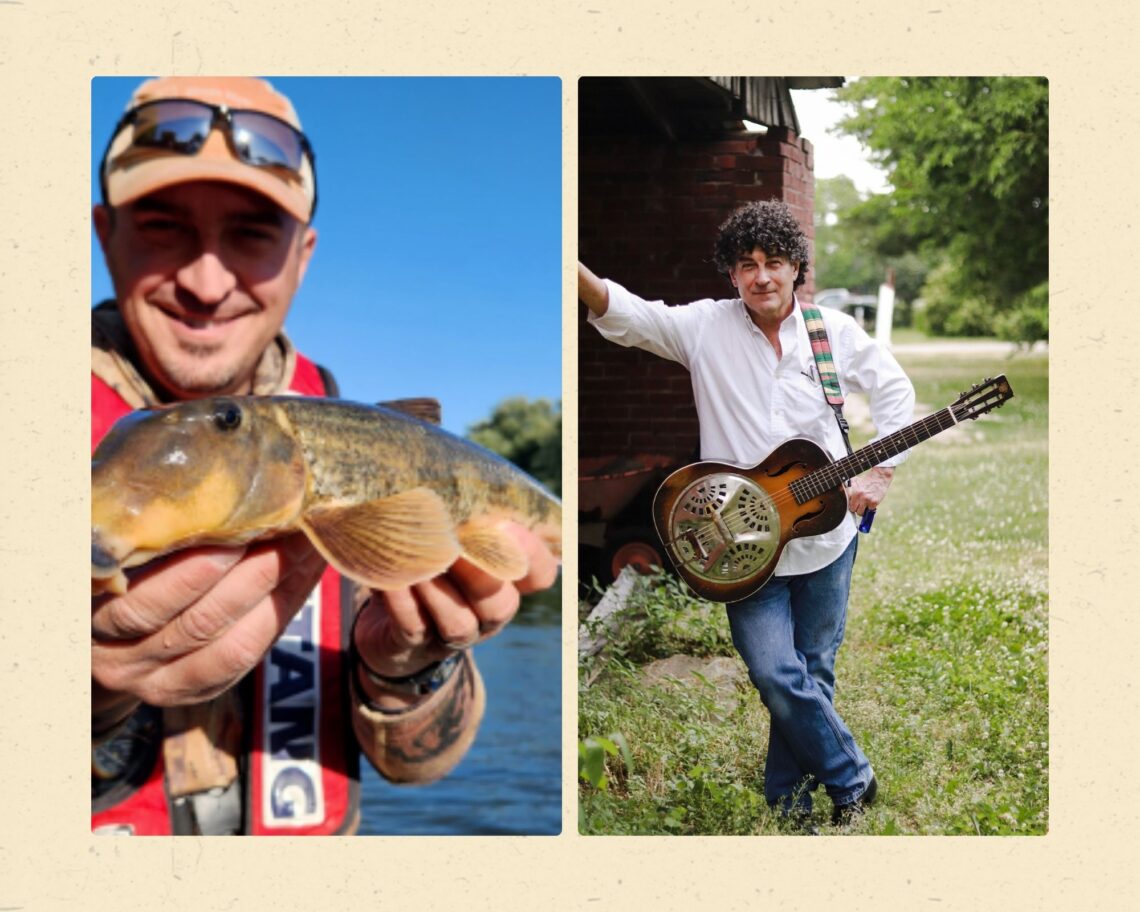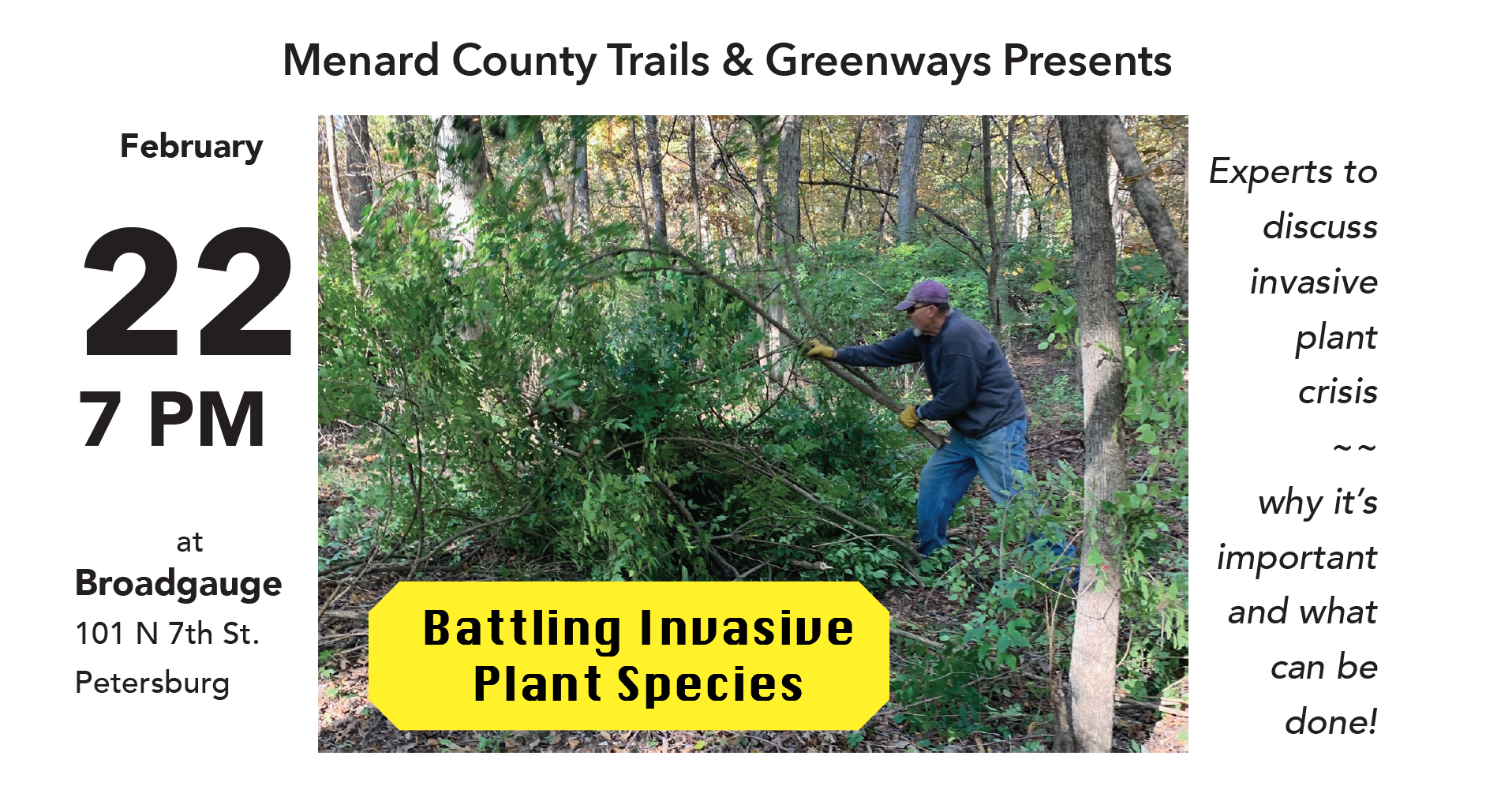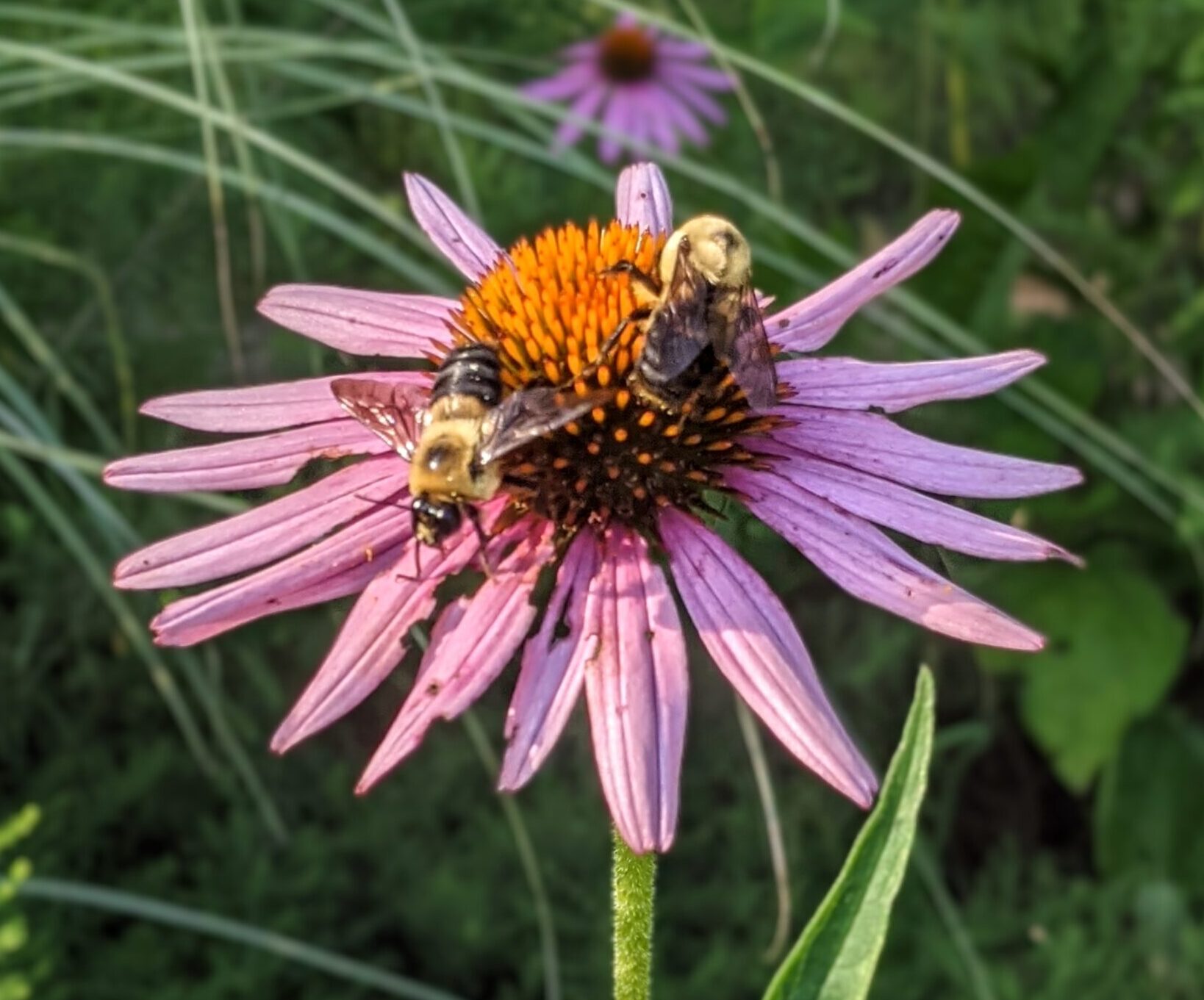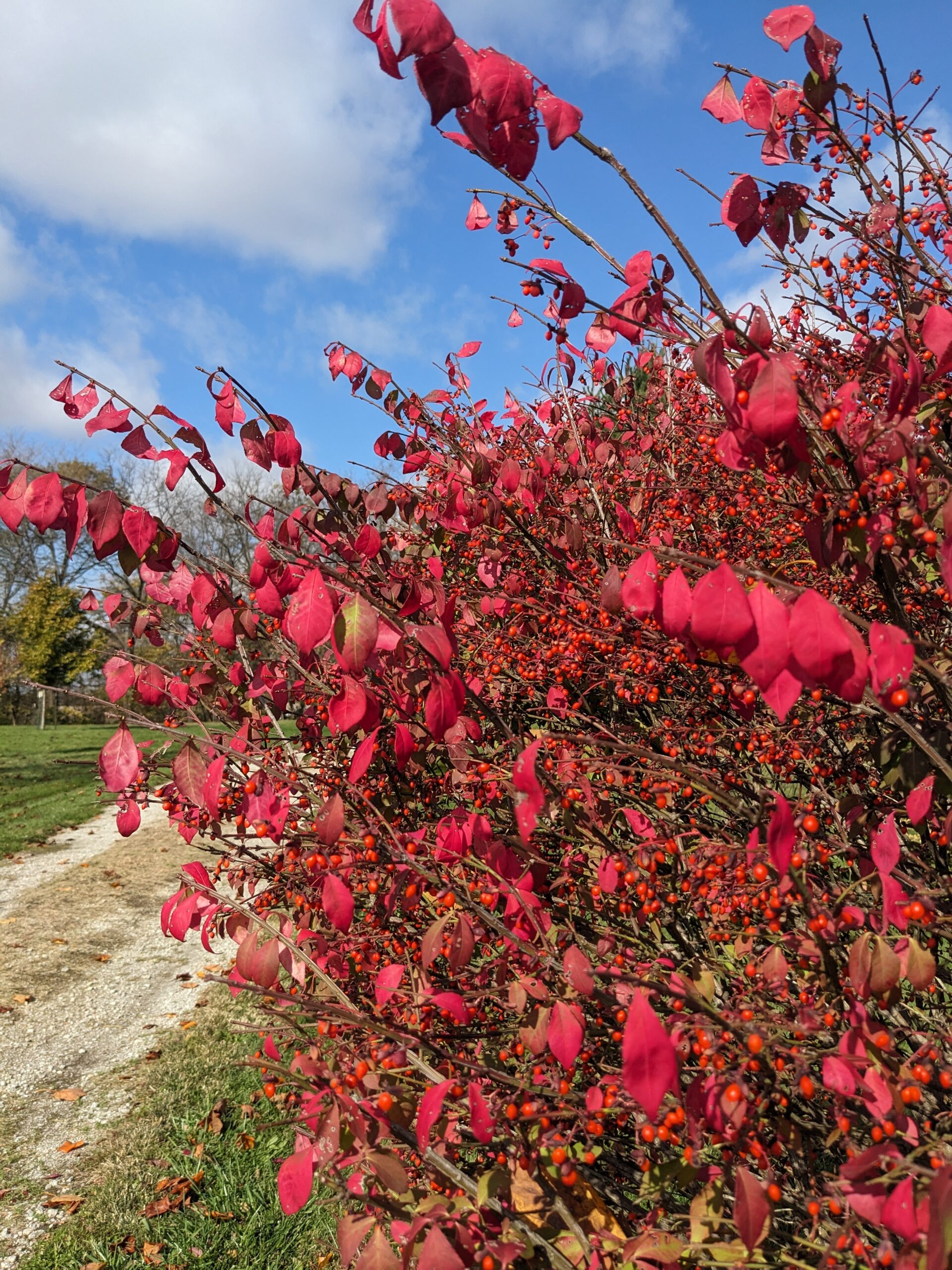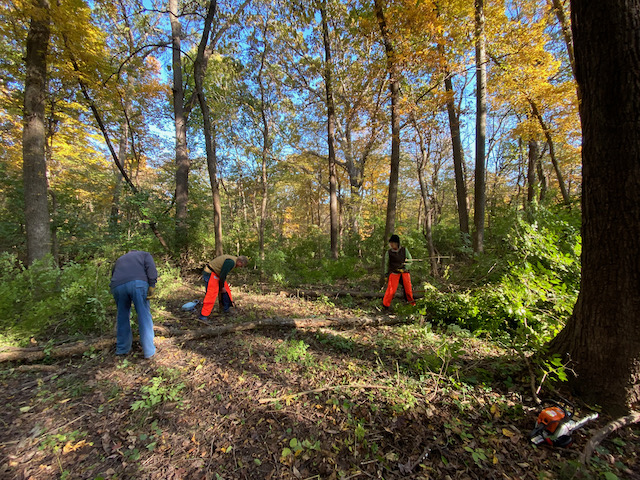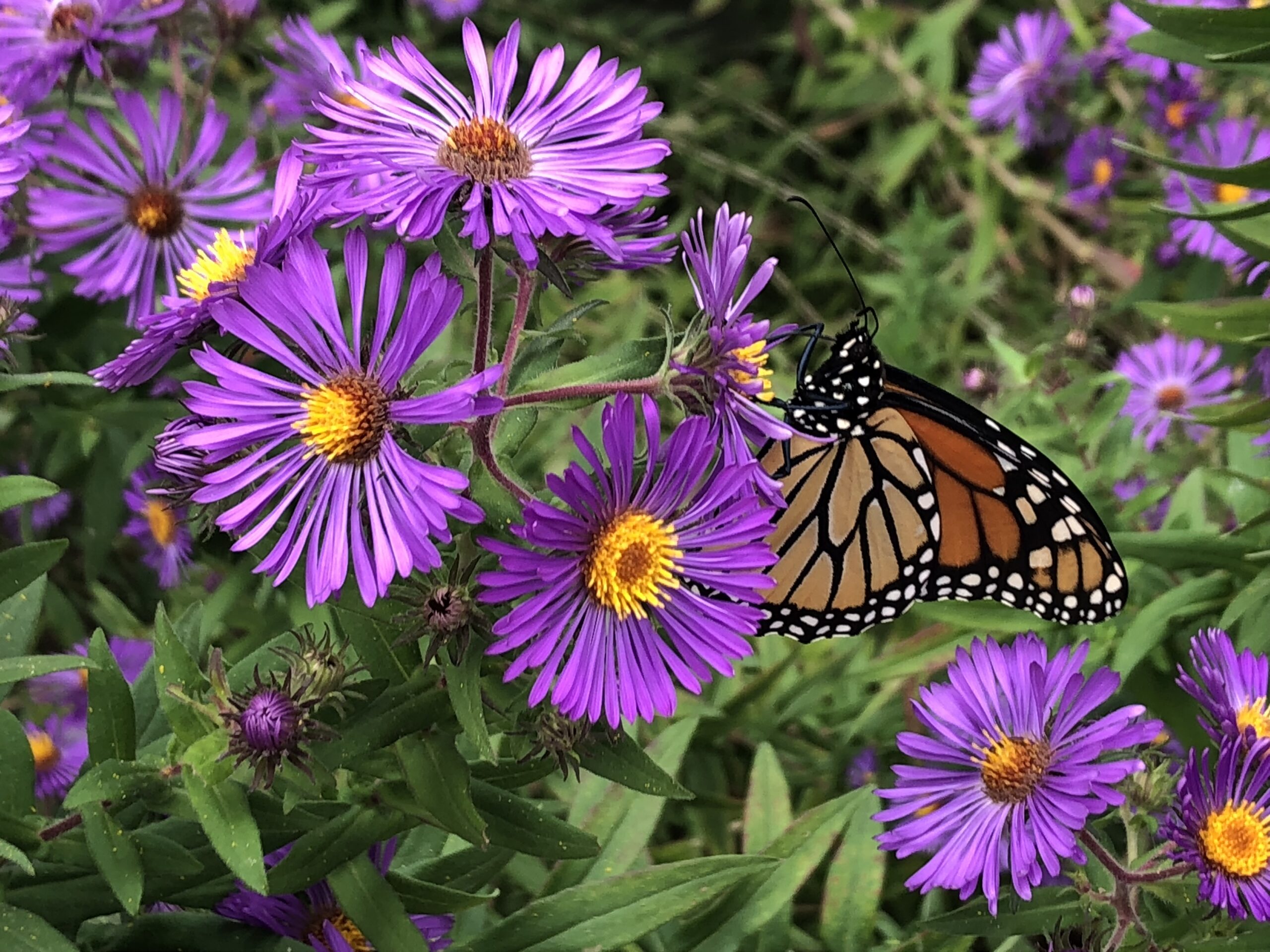-
The wonderful watery world of river ecology! And, Chris Vallilo Concert!
Dive into the wonderful watery world of river ecology with Dr. Jason DeBoer, Large River Scientist with the Illinois Natural History Survey! Jason’s presentation will explain why rivers are important ecosystems, describe some of the threats our local rivers face, and explore some of the wild, weird, and downright wacky fish and other animals that call our rivers home. There’s bound to be a few ‘fish tales’ shared too, and definitely a lot of big-fish pictures! Immediately following Jason’s presentation we’re excited to bring to you Chris Vallillo, Chris is a singer/songwriter, and roots musician who makes the people and places of “unmetropolitan” America come to life in song. His…
-
Ways to celebrate Pollinator Week (June 17-23, 2024)!
Volunteer! Join MCTG members working at Wayside Park or on the square in Petersburg this week—or later this summer. We’ll be weeding, trimming, planting, watering, mulching, and eventually collecting seeds. If you’re interested in adopting a bed or a corner on the square, we can show you the ropes! Scout blooming plants now for later seed collection (see a blog on this subject soon!) Be a citizen scientist! Download the iNaturalist app and participate in the Illinois Monarch Project’s Bioblitz to document local insect activity. Create pollinator habitat at home! While the heat makes planting a little challenging this week, with ample water during establishment, natives will tough it out! Consider…
-
Battling Invasive Plant Species Presentation Video
For those who missed Chris Evans and Ray Geroff at Broadgauge on February 22, or simply want to review all the great information that was shared, here is the video recording of Battling Invasive Plant Species.
-
Life and Times of the Sangamon River
River valleys have a great many stories to tell. History is revealed in riverbanks all over the world. It is written in sediment, fossils, and artifacts. In some places, rivers expose ancient land and waterscapes created long before the river. Today, many rivers are refuges, tiny bits of what once was a far-reaching ecosystem. Life at the equator, colossal glaciers and the birth of rivers, megafauna, the arrival of people, earthquakes, a profound transformation of the landscape, but no dinosaurs, all these stories and more are told by the Sangamon River as it meanders its way across central Illinois. This video, History of the Sangamon River Valley by Michael Wiant,…
-
Winter Seed Sowing
Winter seed sowing is a great way to grow most native plants! The seeds of many native species require cold, moist stratification to germinate. This occurs naturally when a seed falls on the soil and goes through an average Illinois winter. These conditions can be mimicked in the refrigerator with a moist paper towel or a spoonful of sand, planting the seeds after meeting the required time for stratification of a particular species. Winter sowing is an even simpler option—great for gardeners of all levels of experience. Planting in a milk jug or other recycled container gives seedlings a head start, as the containers create a mini-greenhouse to trap heat,…
-
Pollinator Plants for Your Garden — Part 4
This post wraps up our 4 part blog series describing 12 easy-to-grow plants for attracting pollinators (butterflies, bees, etc) to your garden. View earlier blog posts here. The final three plants described in the post are swamp milkweed, sneezeweed and aromatic aster. All 12 species discussed in the series are available for free (while supplies last!) a locations around Petersburg–see December 12th blog for details.
-
Pollinator Plants for Your Garden — Part 3
This is Part 3 of a 4 part blog series describing 12 easy-to-grow plants for attracting pollinators (butterflies, bees, etc) to your garden. If you missed Parts 1 and 2, you can read Part 1 here; read Part 2 here. The 12 species discussed in the series are all available for free (while supplies last!) a locations around Petersburg–see December 12th blog, Create Your Own Pollinator Habitat at Home, for details.
-
Signs of Spring
During this time of social distancing and sheltering in place, those of us who love exploring the out of doors and nature are the lucky ones. Spring is happening and every day brings new changes. Migrating songbirds are starting to arrive from the south, many trees are starting to show signs of first blooms and buds, and native wildflower foliage is pushing through the leaf litter. What are you noticing?
